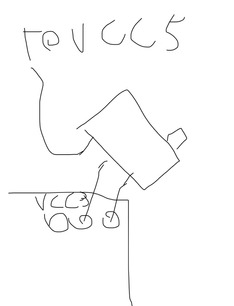Reply 560 of 1184, by rasz_pl
200-300mV noise on output of linear regulator is indeed terrible. Mic was sourced from reputable distributor, right?
LDOs need certain amount of finely tuned ESR on the output to properly regulate (used for feedback). My guess is Gainberry designer actually calculated it or arrived at the number of caps experimentally to suit LT regulator optimally. Yours is oscillating.
https://toshiba.semicon-storage.com/info/appl … 8.pdf?did=67687
"Introducing a zero at fz using the equivalent series resistance (RESR) of an output capacitor."
that forest of 15 small caps surely doesnt hurt
feipoa wrote on 2022-12-01, 11:20:I'm not sure why the reading is so different. Although I don't have a DMM that is true RMS, it should do some averaging to approach RMS.
RMS is taken into account in AC mode. True RMS meters dont have infinite bw, its tens to hundreds of KHz.
feipoa wrote on 2022-12-01, 11:20:However, even though the CPU doesn't get hot, I needed to affix a fan. Without the fan, Quake crashed after 5 minutes. The CPU was only getting up to about 33 C when it would crash. I am using a very low CFM fan, more on that later on. The ambient temperature during test was 16 C, so your results may vary.
What is the temperature of regulator is the more important question 😀 Its a heater, drop resistor. Its burning 30% of the power CPU is, but at significantly smaller surface area.
All in all if it works it works, seems CPU doesnt care all that much about supply quality.
>Are the regulators between the two units pin compatible?
no
https://ww1.microchip.com/downloads/aemDocume … DS20005685B.pdf
https://www.analog.com/media/en/technical-doc … eets/1528fb.pdf

